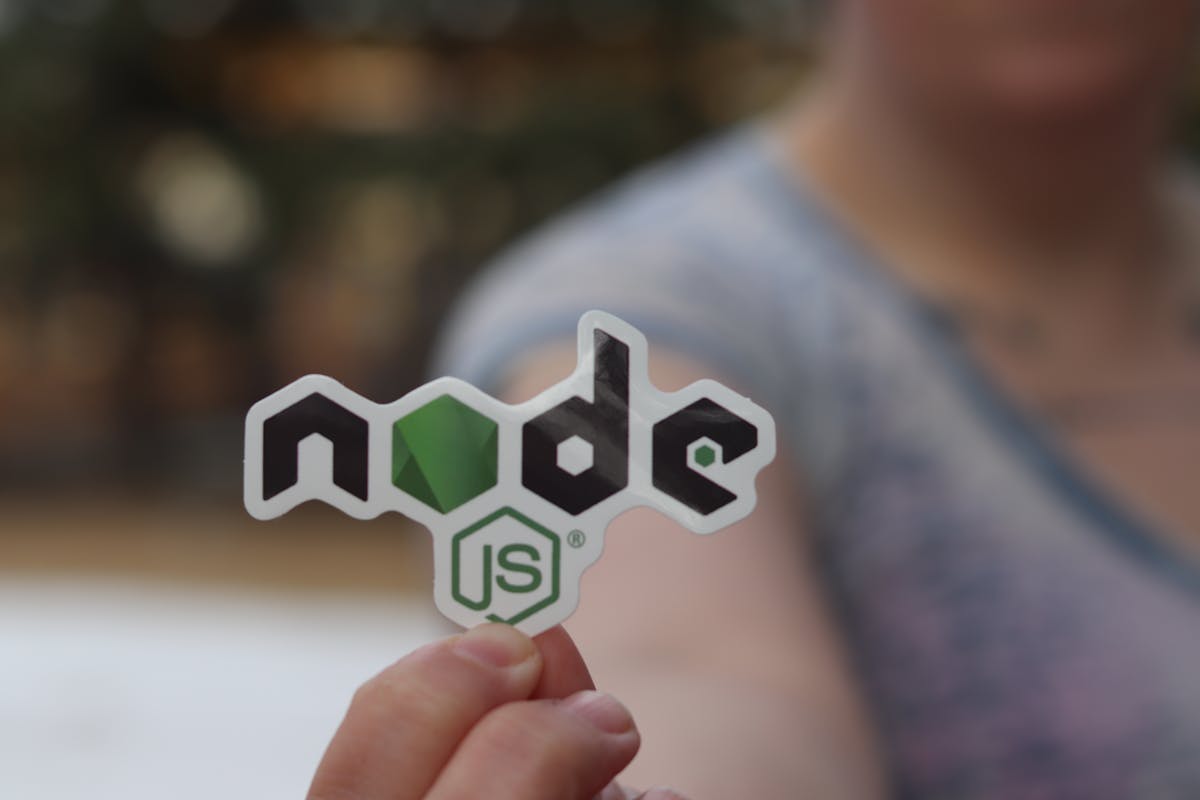Building a REST API with Node.js and Express
Learn how to create a robust REST API from scratch using Node.js, Express, and best practices for modern web development.

Building a REST API with Node.js and Express
REST APIs are the backbone of modern web applications. In this comprehensive guide, we’ll build a complete REST API from scratch using Node.js and Express.
What You’ll Learn
- Setting up a Node.js project
- Creating RESTful endpoints
- Handling HTTP methods (GET, POST, PUT, DELETE)
- Error handling and validation
- Best practices for API design
Prerequisites
Before we start, make sure you have:
- Node.js installed (version 16 or higher)
- Basic knowledge of JavaScript
- Understanding of HTTP concepts
Getting Started
Let’s begin by setting up our project structure:
mkdir my-api
cd my-api
npm init -y
npm install express cors dotenvCreating the Server
First, let’s create our main server file:
const express = require('express');
const cors = require('cors');
require('dotenv').config();
const app = express();
const PORT = process.env.PORT || 3000;
// Middleware
app.use(cors());
app.use(express.json());
// Routes
app.get('/', (req, res) => {
res.json({ message: 'API is running!' });
});
// Start server
app.listen(PORT, () => {
console.log(`Server running on port ${PORT}`);
});Defining Routes
Now let’s create some RESTful routes:
// GET all items
app.get('/api/items', (req, res) => {
// Your logic here
res.json({ items: [] });
});
// GET single item
app.get('/api/items/:id', (req, res) => {
const { id } = req.params;
// Your logic here
res.json({ item: { id } });
});
// POST create item
app.post('/api/items', (req, res) => {
const newItem = req.body;
// Your logic here
res.status(201).json({ item: newItem });
});
// PUT update item
app.put('/api/items/:id', (req, res) => {
const { id } = req.params;
const updates = req.body;
// Your logic here
res.json({ item: { id, ...updates } });
});
// DELETE item
app.delete('/api/items/:id', (req, res) => {
const { id } = req.params;
// Your logic here
res.status(204).send();
});Error Handling
Proper error handling is crucial for a robust API:
// Error handling middleware
app.use((err, req, res, next) => {
console.error(err.stack);
res.status(500).json({
error: 'Something went wrong!',
message: err.message
});
});
// 404 handler
app.use('*', (req, res) => {
res.status(404).json({
error: 'Route not found'
});
});Validation
Input validation is essential for security:
const validateItem = (req, res, next) => {
const { name, description } = req.body;
if (!name || !description) {
return res.status(400).json({
error: 'Name and description are required'
});
}
next();
};
// Use validation middleware
app.post('/api/items', validateItem, (req, res) => {
// Your logic here
});Best Practices
1. Use Proper HTTP Status Codes
- 200: Success
- 201: Created
- 400: Bad Request
- 404: Not Found
- 500: Internal Server Error
2. Consistent Response Format
// Success response
{
"success": true,
"data": { /* your data */ },
"message": "Operation successful"
}
// Error response
{
"success": false,
"error": "Error description",
"code": "ERROR_CODE"
}3. Use Environment Variables
// .env file
PORT=3000
DATABASE_URL=mongodb://localhost:27017/myapi
JWT_SECRET=your-secret-keySecurity Considerations
- Rate Limiting: Prevent abuse
- Authentication: Protect sensitive endpoints
- Input Sanitization: Prevent injection attacks
- HTTPS: Always use in production
Testing Your API
Use tools like Postman or curl to test:
# Test GET endpoint
curl http://localhost:3000/api/items
# Test POST endpoint
curl -X POST http://localhost:3000/api/items \
-H "Content-Type: application/json" \
-d '{"name":"Test Item","description":"Test Description"}'Conclusion
Building a REST API with Node.js and Express is straightforward when you follow best practices. Remember to:
- Plan your API structure
- Implement proper error handling
- Validate all inputs
- Use appropriate HTTP status codes
- Document your endpoints
This foundation will serve you well as you build more complex APIs. In the next article, we’ll explore adding database integration and authentication.
Next Steps
- Add database connectivity (MongoDB, PostgreSQL)
- Implement authentication and authorization
- Add API documentation with Swagger
- Deploy to production
What aspect of API development would you like to explore next?


